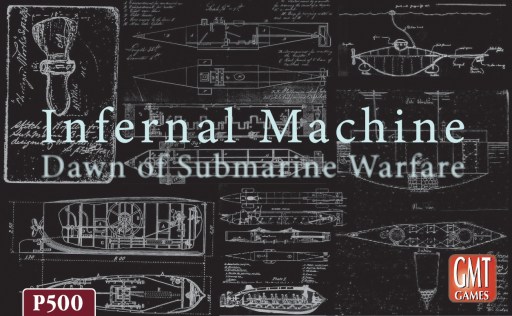It’s become a bit of an annual tradition at GMT for the fine folks at GMT One to cook up something as an end of year Christmas gift to our solo players. In 2021, that gift was a solitaire bot for Mark Herman’s Fort Sumter. In 2022, we made a CDG Solo System playsheet for the Empire of the Sun family of games. This year we are excited to share a CDG Solo System playsheet for Manoeuvre!
Manoeuvre is one of my favorite under-the-radar games that GMT publishes. It has an approachable playtime of around 45 minutes, so it’s easy to get to the table, and rewards careful play and clever hand management. The asymmetric factions and decks of cards provide lots of variety, but the core system is tight and chess-like. I also really appreciate that while the combat system has enough chrome to make battles satisfying, it does so without obscuring the elegance of the underlying mechanisms.
Because I love the game so much, I wanted to find a way to make it even more approachable and likely to be played. The idea hit me to use the CDG Solo System to replicate some of the fog of war in the hands of cards. But there is one core problem with that approach: the CDG Solo System assumes you are playing one card per turn (for the most part) and in Manoeuvre, the entire conceit of the game is that you can play up to your entire hand in a turn. Is it possible to find a way to modify the CDG Solo System to accommodate this style of play? It turns out that it is!
For those familiar with the CDG Solo System, the main change to the gameplay is that when rolling to determine which slot to play from, all of the cards in that slot become available for play during the turn for any legal purpose. This means that multiple unit and HQ cards could be played in a single combat, for example. Then, I added two things to the usual flow of the CDG Solo System:
- During the Discard and Draw phases, you can select any cards to be discarded and replaced from the draw deck.
- If you choose not to play a card during your turn (i.e. you move and do not initiate combat, nor restore a unit), you may move any one card from one slot to another (or from the top of the draw deck to any other slot).
Taken together, these give the feel of building your hand and shedding less useful cards. The tension of the game stays intact: do you respond now while you have a sub-optimal attack, or cycle cards and try to get that extra unit card or leader to boost your chances?
We hope you have a very Happy Holidays, Merry Christmas, and a Happy New Year, and that this playsheet brings you some enjoyment in 2024!












